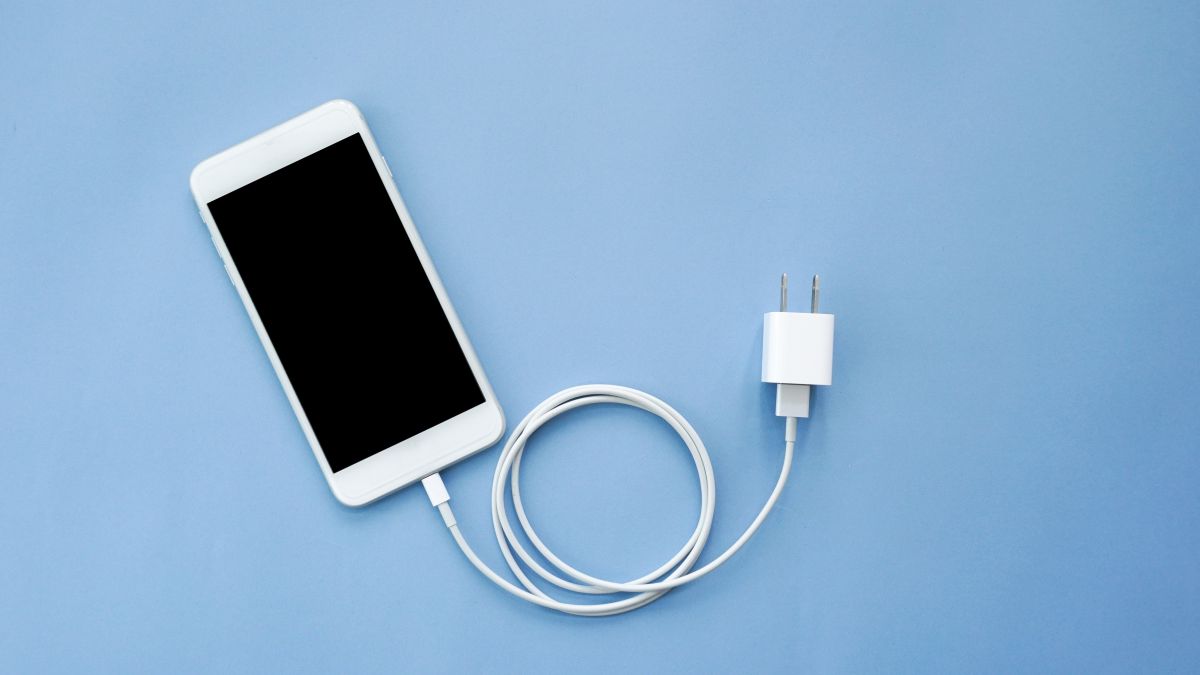
Are smartphone batteries ready for the 200W Xiaomi HyperCharge?
Xiaomi recently unveiled its Xiaomi HyperCharge, a device that promises pretty incredible charging speeds. Thanks to the 200W charging it uses for wired charging the HyperCharge could according to Xiaomi power up a Mi 11 Pro Custom Build with a 4000mAh battery from 0% to 100% in just under eight minutes. Though, before we get too excited, some issues have arisen thanks to a Q&A that Xiaomi later posted on Weibo. According to reports from Android Authority, after 800 charging cycles a phone’s battery life would drop to 80% of the original thanks to the HyperCharge. The 4000mAh phone used in the demonstration would have an equivalent size of just 3,200mAh.Assuming you charge your phone up from empty to full every day, 800 cycles will happen after a little over 2 years. Those are some worrying numbers, especially if you’re someone who upgrades their smartphone less frequently than that, or buys second-hand devices.Xiaomi has since pointed out that this degradation is within industry limits (with Chinese regulation allowing up to 60% battery life degradation in 400 cycles), though what the damage the HyperCharge could be causing might have some worries.Is this the future of fast phone charging? We here to explain why charging speeds of 200W can cause so much damage to smartphone batteries and provide some hope for ways these issues could be mitigated. We'll also give you tips on what you can do right now to keep your phone's battery healthy.Why does fast charging cause issues? The reason fast charging can cause problems is because of the design of the lithium-ion batteries that sit inside most smartphones. In short, these batteries work thanks to the movement of lithium ions in a ‘reversible reaction’; when the device charges up a chemical reaction happens and then later the exact reverse reaction occurs when the phone discharges (read: is being used).However, this process isn’t always 100% perfect, particularly at high temperatures, and unintended reactions that aren’t reversible can occur. Any lithium ions caught up in these reactions are effectively lost, and that’s why your phone’s battery life can start to drop over time.In extreme cases, where there are very high currents being used, the lithium ions can form lithium metal. If too much of this builds up inside your phone battery it can cause the circuit to short and in the worst case, the battery can set on fire. Thankfully, most modern devices include safety measures to prevent fires from occurring, but these measures don’t do as much to prevent battery degradation caused by similar effects.But what can be done?Could these effects be mitigated? If phone chargers want to reach 200W speeds or beyond, they'll need to find ways to reduce the effects of battery degradation. While some effects are unavoidable, others could be mitigated.To account for the excess heat, one solution would be to equip phones (or charging stations) with more sophisticated cooling systems. That way, as the phone heats the cooling kicks in to keep its temperature inside the range the battery is comfortable with.Another option would be to develop a way to keep devices from charging up to the battery's maximum capacity and stop them from running completely flat. Phone batteries stay healthiest when kept between the 20-80% charge range, and charge the fastest in this range too.With these in mind, when you're looking to charge up your phone make sure to do so before it's completely out of power, and try not to leave it charging overnight. You'll want to give your smartphone a rest while it recharges too, don't use your phone while it gets its power back as that could cause it to heat up more. You'll want to leave it charging in a well-ventilated place too, and not in direct sunlight or on something hot.Hopefully, we've given you an idea of why reliable 200W charging may be a little further away. If someone out there does manage to crack 200W charging though, we'll be sure to keep you in the know with all the latest in tech.
……Read full article on TechRadar
Technology Smartphone
Comments
Leave a comment in Nestia App